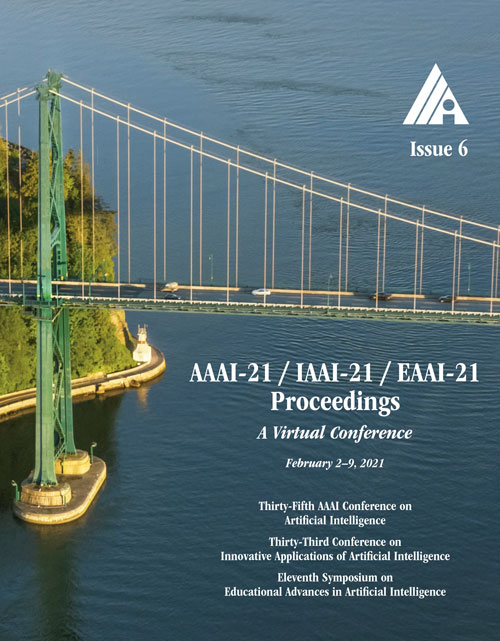Learning Game-Theoretic Models of Multiagent Trajectories Using Implicit Layers
DOI:
https://doi.org/10.1609/aaai.v35i6.16628Keywords:
Neuro-Symbolic AI (NSAI), Game Theory, Imitation Learning & Inverse Reinforcement Learning, Other Foundations of Multi Agent SystemsAbstract
For prediction of interacting agents' trajectories, we propose an end-to-end trainable architecture that hybridizes neural nets with game-theoretic reasoning, has interpretable intermediate representations, and transfers to downstream decision making. It uses a net that reveals preferences from the agents' past joint trajectory, and a differentiable implicit layer that maps these preferences to local Nash equilibria, forming the modes of the predicted future trajectory. Additionally, it learns an equilibrium refinement concept. For tractability, we introduce a new class of continuous potential games and an equilibrium-separating partition of the action space. We provide theoretical results for explicit gradients and soundness. In experiments, we evaluate our approach on two real-world data sets, where we predict highway drivers' merging trajectories, and on a simple decision-making transfer task.Downloads
Published
2021-05-18
How to Cite
Geiger, P., & Straehle, C.-N. (2021). Learning Game-Theoretic Models of Multiagent Trajectories Using Implicit Layers. Proceedings of the AAAI Conference on Artificial Intelligence, 35(6), 4950-4958. https://doi.org/10.1609/aaai.v35i6.16628
Issue
Section
AAAI Technical Track Focus Area on Neuro-Symbolic AI

